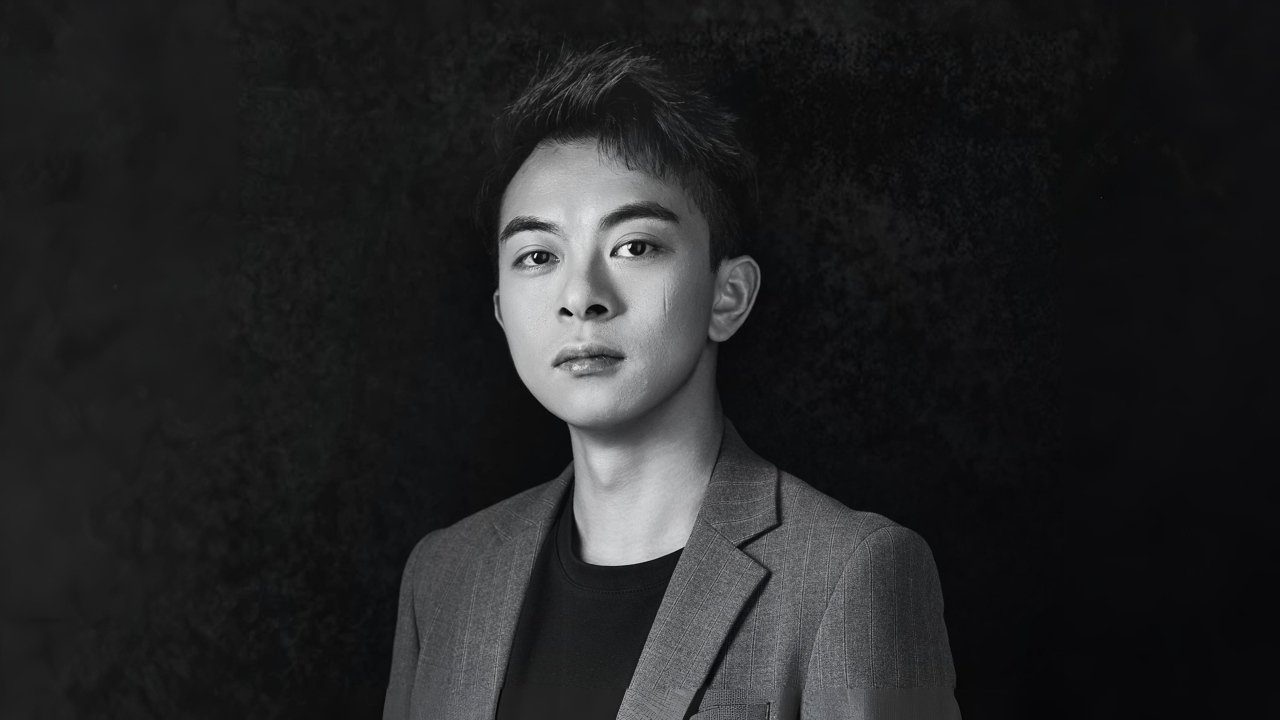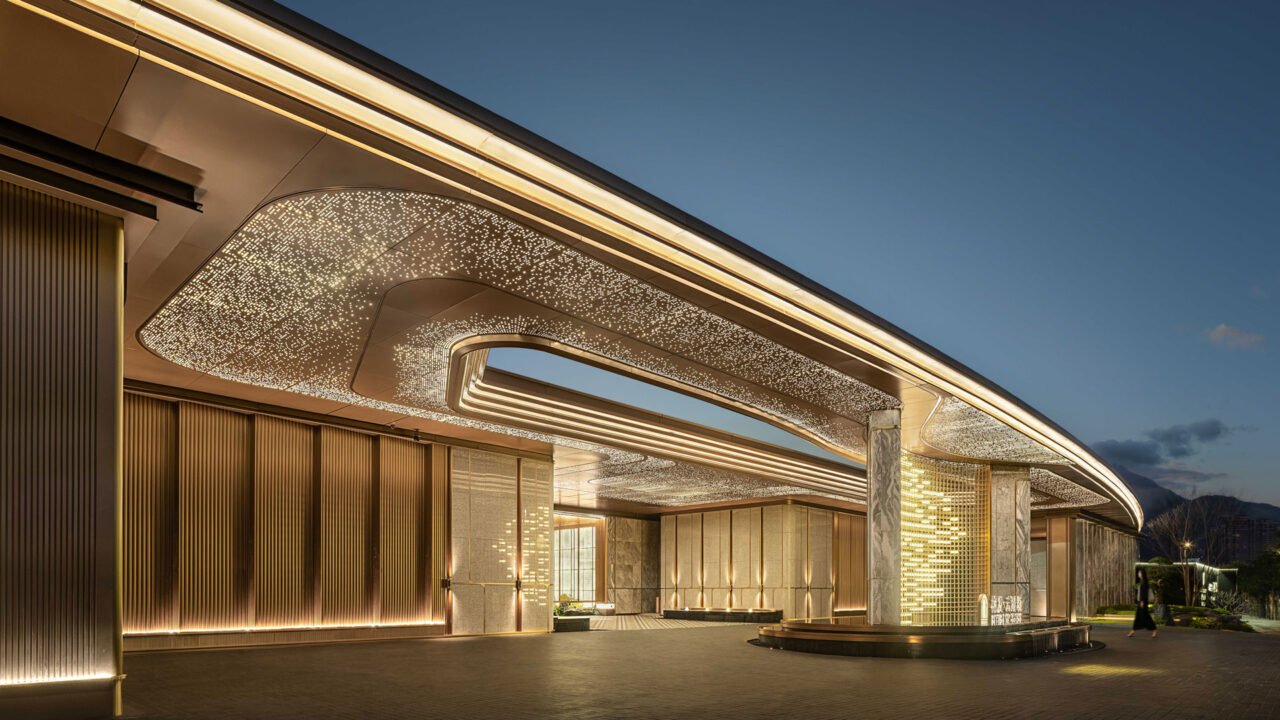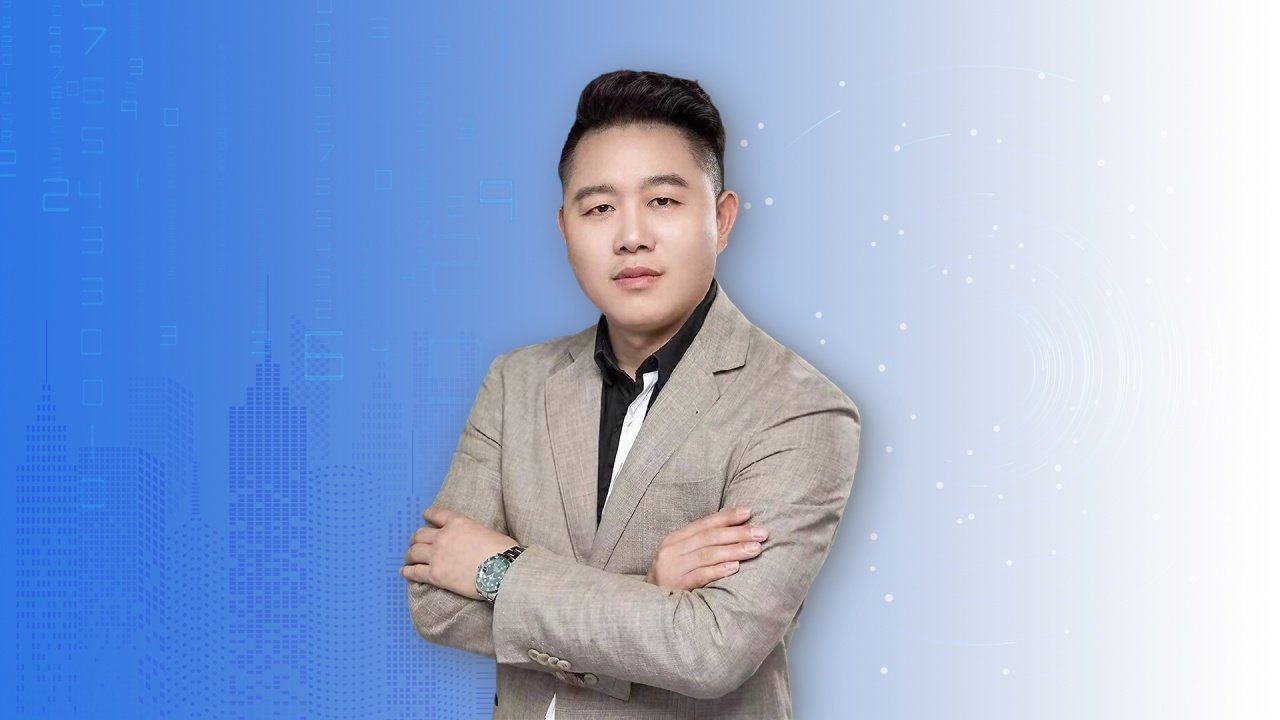1Congratulations on winning the MUSE Design Awards! Can you introduce yourself and share about what inspired you to pursue design as a career?
My name is Shuoqi Xiong, and I’m an architectural designer with over seven years of professional experience focused on sustainable design, including green building, adaptive reuse, and historic preservation projects.
What inspired me to pursue architecture was the realization that buildings are not just objects—they’re ecosystems. Architecture is a medium for dialogue—with the earth, water, wind, and people.
For me, sustainable practice isn’t an add-on; it’s embedded in how we think about materials, energy, culture, and our relationship with nature. That’s what keeps me engaged and inspired every day.
2What does being recognized in the MUSE Design Awards mean to you?
Being recognized by the MUSE Design Awards is a tremendous honor. MUSE is known globally for celebrating creativity, innovation, and excellence across design disciplines, so being acknowledged by such a respected platform is deeply meaningful to me. It affirms the value of sustainable, community-driven design and reinforces the belief that architecture can be both visionary and responsible.
3How has this achievement impacted your career, team, or agency, and what opportunities has it brought so far?
It has been a milestone that brought renewed energy and validation to my practice. Since the recognition, I’ve connected with other like-minded designers and gained greater exposure to international platforms. This recognition not only validates the direction of my work but also inspires me to keep pushing for ideas that connect people, place, and purpose in thoughtful ways.
4What role does experimentation play in your creative process? Can you share an example?
Experimentation is at the core of my creative process — it’s how ideas evolve from abstract concepts into thoughtful designs. In my winning project, Trunk Cabin, for example, I explored dozens of form variations and material strategies to balance conceptual expression, constructability, and sustainability.
5What's the most unusual source of inspiration you've ever drawn from for a project?
Shark skin was one of my starting points for designing a building facade that emphasizes fluidity and elegance.
6What’s one thing you wish more people understood about the design process?
Design iterations are key to a project’s success — they help ideas evolve, reveal hidden potential, and respond smartly to constraints and opportunities.
7How do you navigate the balance between meeting client expectations and staying true to your ideas?
I see it as a collaborative process—understanding the client’s vision while guiding them toward design solutions. The key is building trust through clear communication and demonstrating how design integrity elevates their goals.
8What were the challenges you faced while working on your award-winning design, and how did you overcome them?
One major challenge was balancing the design’s conceptual ambition with practical concerns like material limits and constructibility. I overcame this through continuous prototyping and testing, refining the form while staying grounded in real-world feasibility.
9How do you recharge your creativity when you hit a creative block?
Looking to artwork and nature for inspiration is my main approach.
10What personal values or experiences do you infuse into your designs?
The best design, to me, is the optimal solution that provides a great user experience and remains eco-friendly. Therefore, I infuse deep respect for nature, community, and sustainability into my designs.
11What is an advice that you would you give to aspiring designers aiming for success?
Stay active and be brave in exploring ideas.
12If you could collaborate with any designer, past or present, who would it be and why?
Zaha Hadid has always been a source of inspiration for me. I wish I’d had the chance to work with her and learn from her design approach.









